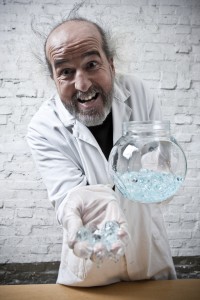 Another pill mill bit the dust, this time in Michigan:
Another pill mill bit the dust, this time in Michigan:
“The pill mill doctor who prescribed thousands of opioids and billed dead patients”
Here’s an earlier example, from Florida, on an even bigger scale:
“American Pain: The Largest U.S. Pill Mill’s Rise and Fall”
So-called “Dr. Feelgoods” have been around as long as I can remember. They generally accepted cash and made sure they were available outside office hours. The pills, mostly codeine or something along those lines, could be crushed and injected, or traded on the street for heroin. It’s never been difficult to find a buyer for a prescription opiate, particularly still in the package (less likely to be fake). Same for sedatives. Barbiturates were an easy resale, as were the benzos that succeeded them. A cocaine user coming off a binge found a stash of Valium to be helpful.
Later on, the influx of new-style pain clinics in rural areas greatly expanded the scope of the problem. In some communities, people would line up at 6AM to be first when the doors opened at eight or nine. The examination, if there was one, was perfunctory. It was a remarkably effective way to create demand that would feed the clinic’s business going forward.
As a business model, it’s not unlike the current practice for providers of medical marijuana. Ads in the local alternative press make it clear that the medical evaluation is a formality– a necessary step to getting a card. Where marijuana is fully legalized, as in Colorado, the process becomes obviously commercial, along the lines of beer and cigarettes. Ads may still tout health benefits, but mainly to help sell more products.
We’re all familiar with the segment of the medical community that serves the needs of the very wealthy patient with drug problems. In some cases, that means not just prescribing drugs, but periodically admitting the patient to the hospital. The admission can be to a general medical unit, under a different diagnosis, to protect from prying eyes. I can recall one fellow with more than twenty such admissions to our hospital, always for detox, yet none of them to the Detoxification Program.
So I can’t pretend to be surprised at the appearance of pill mills for Oxy and its ilk. Once the door is open, others follow their lead. Greed’s at the root of it, I suppose, although I’ve met practitioners who genuinely believed they were helping.
At least at first.










